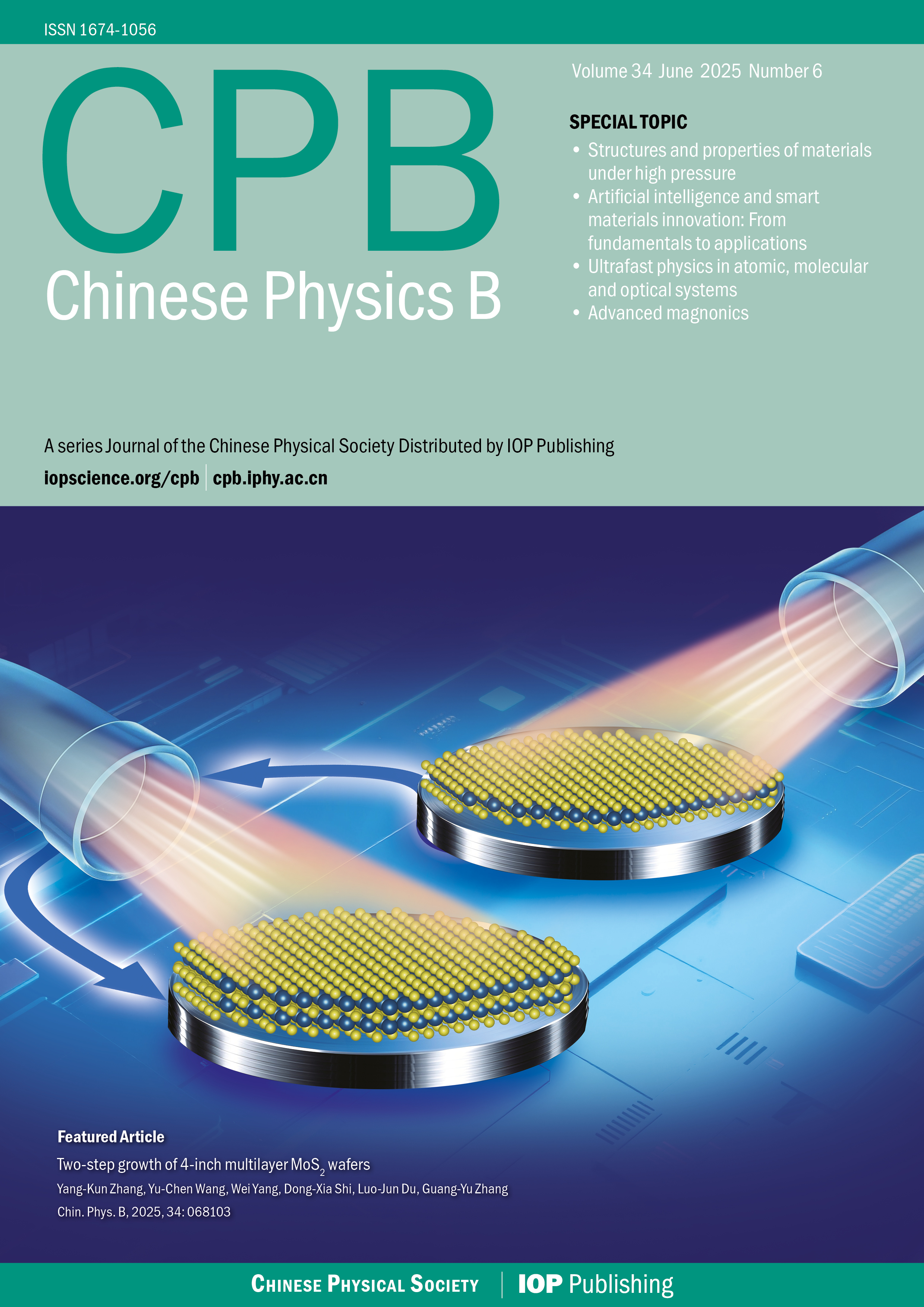Novel graphene enhancement nanolaser based on hybrid plasmonic waveguides at optical communication wavelength
- Available Online: 01/01/2018
-
Key words:
- graphene /
- SPP nanolaser /
- optical communication
Abstract: Surface plasmon polariton (SPP) nanolaser, which can achieve an all-optical circuit, is a major research topic in the field of micro light source. In this study, we examine a novel SPP graphene nanolaser in an optoelectronic integration field. The proposed nanolaser consists of metallic silver, two-dimensional (2D) graphene and high refractive index semiconductor of indium gallium arsenide phosphorus. Compared with other metals, Ag can reduce the threshold and propagation loss. The SPP field, excited by coupling Ag and InGaAsP, can be enhanced by the 2D material of graphene. In the proposed nanolaser, the maximum value of propagation loss is approximately 0.055 dB/μm, and the normalized mode area is con-stantly less than 0.05, and the best threshold can achieve 3380 cm?1 simultaneously. Meanwhile, the proposed nanolaser can be fabricated by conventional materials and work in optical communication (1550 nm), which can be easily achieved with current nanotechnology. It is also an important method that will be used to overcome the challenges of high speed, miniaturization, and integration in optoelectronic integrated technology.

 首页
首页 登录
登录 注册
注册






 DownLoad:
DownLoad: